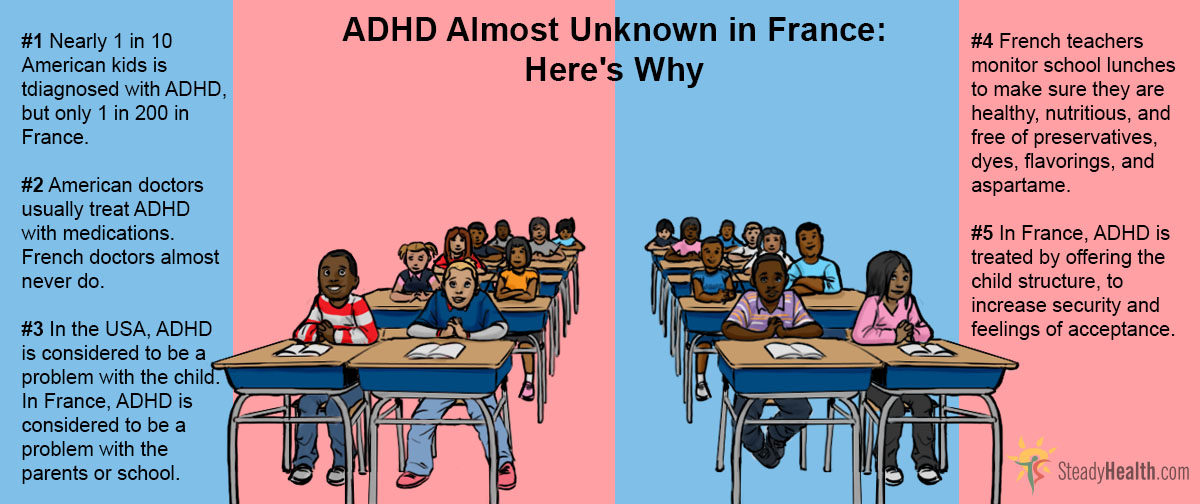Table of Contents
Attention deficit hyperactivity disorder, better known as ADHD, is a common problem among American children. Overall, about 9% of all American children of school age have been diagnosed with the condition. At least 10% of children in the poorest families (those that have incomes of poverty level and lower) are labeled as having ADHD, and 11% of the children of families that in the second tier of incomes (100 to 200% of poverty level).
Most American children treated for the condition receive, oddly enough, psychostimulant drugs that are in the same chemical class as methamphetamines, such as Ritalin and Adderall. In Europe, ADHD is seldom treated with drugs. What accounts for the difference?
How ADHD Is Diagnosed In The USA
In the United States, ADHD is a psychiatric diagnosis made under guidelines laid out in the latest diagnostic and statistical manual, the DSM-5. The official guidelines require mental health professionals to look for specific kinds of behaviors.
- Often forgetful in daily activities.
- Often easily distracted by extraneous stimulation.
- Often loses tools for daily activities (forgetting homework, losing books, losing lunch money, and so on).
- Often avoids or expresses displeasure with tasks that require sustained mental effort, such as homework.
- Often has difficulties organizing activities or tasks.
- Often fails to finish assigned tasks or duties.
- Often does not listen to what is being said.
- Often has difficulties sustaining attention to work or play.
- Often makes careless mistakes or fails to give attention to details in work or play.
- Hyperactive, evidenced by fidgeting or squirming in seat.
- Hyperactive, evidenced by leaving seat when sitting is expected.
- Hyperactive, evidenced by running or climbing excessively. In teenagers and adults, this may be diagnosed by expressions of subjective feelings of restlessness.
- Hyperactive, evidenced by difficulty in playing or pursuing leisure activities quietly.
- Hyperactive, evidenced by impulsivity in leaving lines (queues).
- Hyperactive, evidenced by impulsivity of blurting out answers to questions before they are asked.
Adolescents and adults only need to meet 5.
How ADHD Is Diagnosed in France
French mental health professionals refer to the Classification Française des Troubles Mentaux de L'Enfant et de L'Adolescent to diagnose ADHD. This massive reference volume doesn't list symptoms to be masked by medications. Rather, it is intended to help French mental health professionals to recognize the underlying causes of children's behavior.
See Also: Is ADHD A Fake Disorder?
In France, counselors and psychiatrists look at the same behaviors, but they also consider:
- How severe are the child's symptoms compared to other children in the same class, the same family, or the same community? If all the children in a classroom show the same dysfunctional behaviors, maybe the problem is the classroom, not the children.
- Is the child assigned monotonous, unrewarded tasks? Boring activities naturally invite acting out. This is not an illness.
- Have the symptoms lasted at least six months? Temporary behavior problems may have temporary, non-medical causes.
- Druckerman, Pamela. Bringing Up Bébé. New York: Penguin Press. 7 December 2012.Mind map by SteadyHealth.com
- Photo courtesy of Barbouris via Flickr: www.flickr.com/photos/barbourians/8574916468



Your thoughts on this